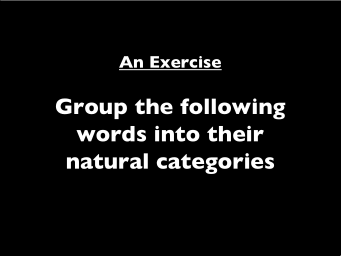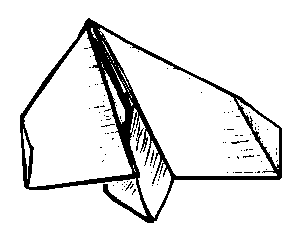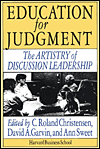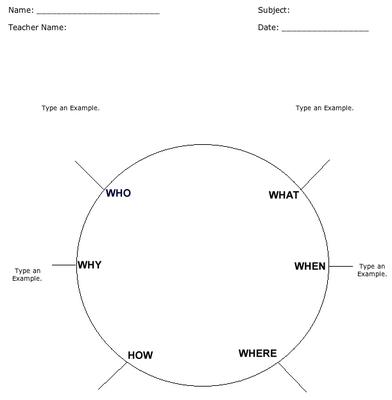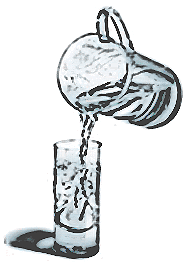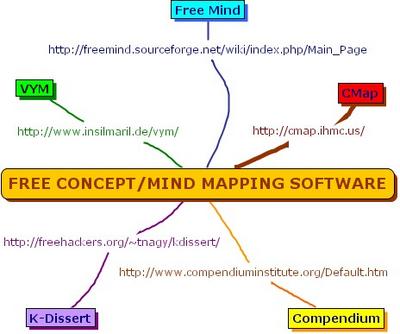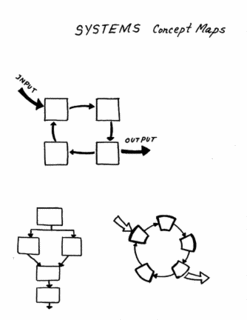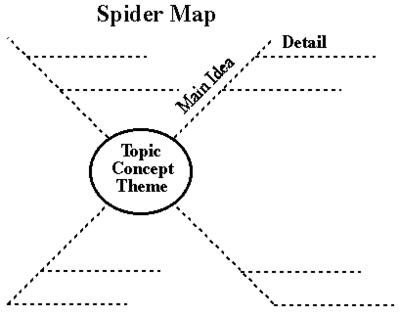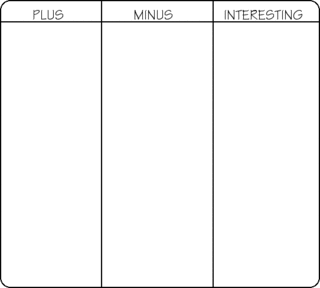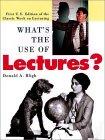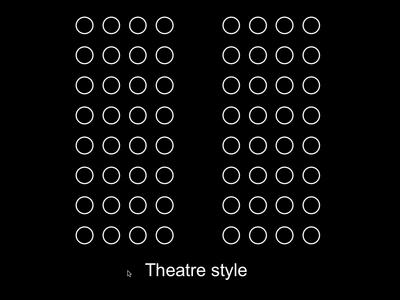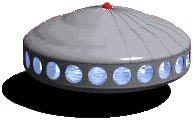Introduction:
Research purpose:
To visit and evaluate online resources which are suppose to support teaching and learning of the Bible
Problem scenario:
The SBC library is seeking to develop a section in its website which contains web resources which may be useful for members of the SBC community. However, because of the vastness and the permissive nature of the Internet, these resources need to be vetted, evaluated, classified and have brief accompanying descriptive write up about the site. Only then can they find their place in the SBC website.
The Library staff have thus requested students in the CE 501 class to help with building a set of trustworthy and helpful resources. The following links have been provided by them:
http://www.thebricktestament.com/
http://www.bibleplaces.com/
http://www.holylandphotos.org/
http://quizstar.4teachers.org/
http://www.studylight.org/enc/isb/
http://www.atla.com/digitalresources/browsecoll.asp
http://ebibletools.bigbible.org/
http://www.bible.org/page.asp?page_id=2055
http://www.churchworldservice.org/decisions/
http://www.wels.net/wmc/html/clip_art_graphics.html
http://www.ebibleteacher.com/images.html
http://www.biblepicturegallery.com/
http://www.easytestmaker.com/
http://www.shipoffools.com/church/
http://www.xxxchurch.com/
http://www.gutenberg.org/
http://www.anova.org/
http://www.audiotreasure.com/
http://cfdl.auckland.ac.nz/hebrew/
http://www.digbible.org/tour/index.html
http://www.internetseminary.org/
Software
http://www.e-sword.net/
http://www.activestories.com/index.html
http://www.openoffice.org/
http://www.finalemusic.com/notepad/
http://www.ntgateway.com/maps.htm
http://www.bibleresourcecenter.org/Learning/multimedia/maps/
http://www.pohick.org/sts/
http://www.biblegateway.org
http://www.anova.org/sev/atlas/htm/
http://www.cia.gov/cia/publications/factbook/docs/refmaps.html
http://www.lib.utexas.edu/maps/
http://digitalgallery.nypl.org/nypldigital/explore/dgexplore.cfm?topic=all&collection=HebrewIlluminatedMan&col_id=172
Task:
The Library staff have given our task group an initial list of 30 Internet links which have been shortlisted from 100 submitted sites. This is the first stage of the Library Internet Resource Development project which aims at serving the Christian public drawing attention to helpful, free resources from the Internet.
Inspite of having been shortlisted, these links require a second round of screening and evaluation for suitability. If there are no reasons why they need to be weeded out, the sites need to be categorized. In addition, short accompanying annotations describing what they are and how they can be useful for members of the SBC constituency need to be written up.
You will be divided into 4 groups: A, B, C, and D. Groups A and B will focus on links 1-15 while Groups C and D will focus on links 16-30.
For each group, please visit all the 15 links you are researching, and suggest categories which the library could use to classify them by.
Present your findings for each of the sites
If there are any problematic sites, please
, and list which ones you would weed out. Discuss in your groups the value Give reasons why you would include or exclude the links in your list from the SBC resources websites.
For links you would recommend for the SBC website, please note that they will need to be classified. Decide on the different categories which you can use. In addition, write
From your approved list, decide as a group which ones qualify as your top three sites. Share reasons why your group has come to the conclusion.
Process:
Evaluation:
Conclusion:
